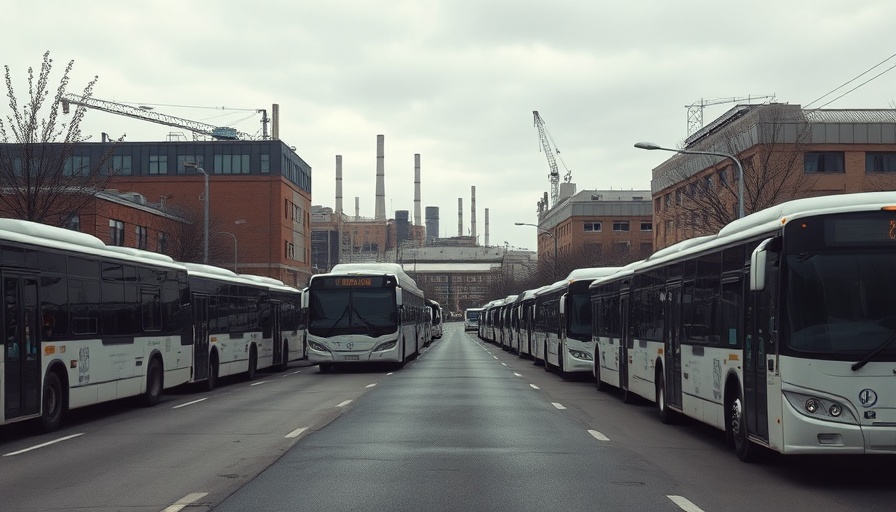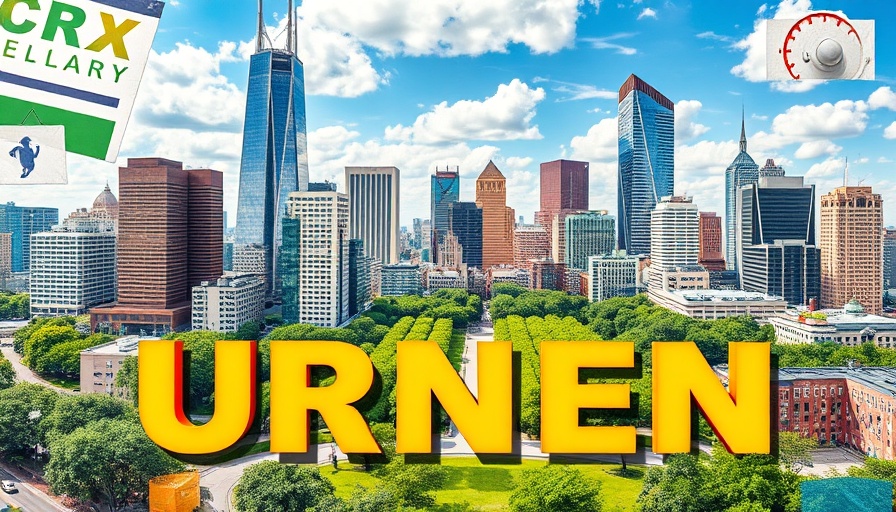
Unearthing Harlem's Hidden History
East Harlem, often bustling with modern life, carries the weight of a poignant secret beneath one of its bus depots: a colonial-era burial ground that reflects the lives of free and enslaved Africans from 1653 through the mid-1800s. This archaeological find is more than a relic; it is a critical reminder of New York's complex history, compelling us to rethink narratives often overshadowed by time and development.
An Overlooked Legacy
The burial ground sits on land originally designated for a churchyard, born out of the hard labor of enslaved Africans who helped shape the very landscape of Harlem. These unnerringly human stories remind us that their contributions went beyond construction; they laid the foundations of community and culture. This cemetery was a place where lives were marked with dignity until urban expansion erased much of that history.
Archaeological Insights: A Tapestry of Lives
In recent years, an excavation at the former MTA bus depot uncovered over 140 remains, bringing the historical depth of this site into sharp focus. Each bone fragment tells a story, revealing the lives and struggles of those interred there. Historians note the pivotal role of Peter Stuyvesant in directing enslaved Africans in constructing infrastructure, linking their labor to the development of New York City as we know it today.
Contemporary Conversations: A Call for Recognition
The disclosure of this burial ground also sparks crucial conversations about recognition and remembrance. Just as the findings at Lower Broadway were transformed into a national monument, East Harlem's site could serve as a vital cultural and historical landmark, bridging gaps in education about African American history. Today’s community leaders and historians are rallying for memorialization efforts, hoping to create a space where the memory of those buried can be honored.
Fostering Awareness and Action
As we continue to confront and address the inequalities of the past, the story of the East Harlem burial ground invites a deeper reflection on how history influences the present. By acknowledging the lives of those buried beneath our feet, we can foster a broader dialogue around equity, history, and community engagement. Action must be taken not just to remember, but to ensure that their legacy influences future generations.
It is essential for residents, local professionals, and advocates alike to urge city officials to support initiatives that commemorate this site. By doing so, we contribute to a richer understanding of Harlem's historical tapestry and create a more inclusive narrative of New York City history.
 Add Row
Add Row  Add
Add 




Write A Comment